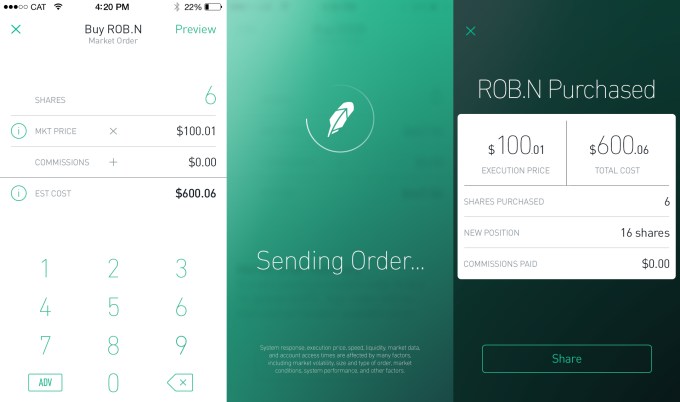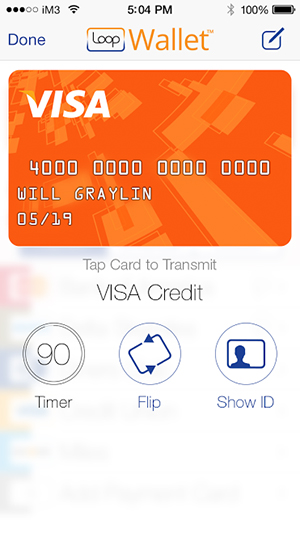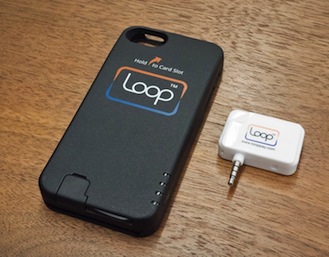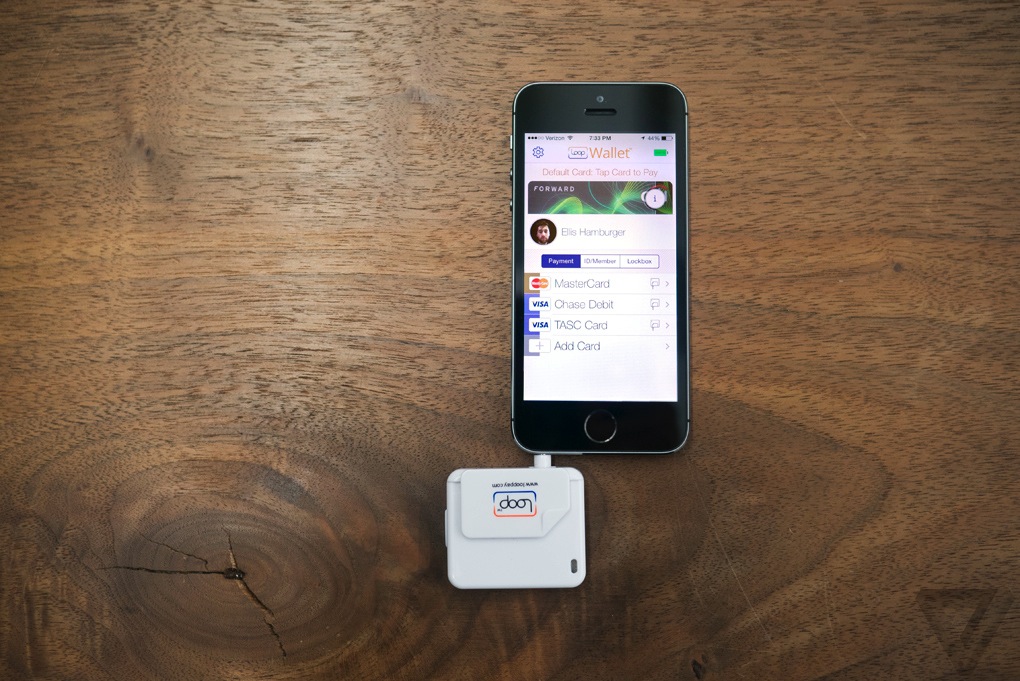“You do not need a mobile marketing strategy for your company or a brand,” said TBWA’s head of digital Tuomas Peltoniemi, during the last session of Mobile Interactive 2014 organised byMarketing Magazine. Why?
“Because mobile is not just another addition to your marketing strategy. It needs to be much more than that. Mobile should be at the heart of every aspect of your marketing strategy. It is not just a device for brand building for businesses,” Peltoniemi (pictured) explained.
In a recent finding by Google Singapore, it was reported that 96% of consumers search local information on their mobile. Meanwhile 87% of the respondents claimed to research products via their smartphones and 44% claim to have made purchase.
No doubt, mobile is here to stay. Yet with the proliferation of platforms, it can often be overwhelming for marketers to see mobile as another medium to be understood and conquered.
Hence marketers need to see mobile as a mean to amplify the potential of their existing mediums, explained Peltoniemi.
Here’s how mobile can be integrated into the heart of any marketing strategy.
Email marketing
Have you considered how mobile impacts email campaigns? Probably not.
According to Litmus Research Email Analytics and Jacobs & Clevenger, today 49% e-mails are opened on mobile devices but 90% of e-mail newsletter or campaigns sent out today do not consider mobile. This results in nearly 80% of users deleting their e-mail that don’t fit the screen.
Yet if marketers could make tweaks to mobile optimise these e-mail campaigns, conversion rates likely to jump by 10% to 20%, explained Peltoniemi.
“Once a brand starts considering mobile not only does it optimise conversion rates but it is also tapping into something most marketers aren’t. Mobile needs to be a key part of any e–mail activity that you do,” Peltoniemi added.
Search marketing
According to Google, by December this year, mobile search on Google will most likely surpass PC search. Mobile search is also now a key decision tool with 45% of mobile search done by a consumer being goal oriented. At the same time 73% mobile search triggers additional action right away and a conversation.
However marketers need to be mindful that in a study done by The Google Mobile Playbook 57% of users say they won’t recommend a business that has a poor mobile experience. Ease of use and convenience on the search page would however draw back a consumer to head down to a brand’s website.
Website User Experience
Be it search, social media, or banner ads – at the end of the day there are a lot of trigger points marketers place to drive people to their brand websites. Here’s where user experience and responsive web design comes into play.
Responsive web design is vital and a must today. A business’s web design needs to be optimised for all devices be it mobile, PC or a tablet.
It is also important to note that today 41% of users see mobile as their primary or exclusive means of going online.
Social media marketing
Social networking is all about mobile. According to a study by Adobe late last year, 71% of people access social media through their phones. According to Facebook, 52% of content sharing is now also done through mobile and not desktop. It is thus vital how marketers customise content to fit into mobile on social media.
“When marketers run social media ads they need to be mindful that the ads are actually competing against real people’s lives. A brand’s paid massaging needs to be really relevant to people’s lives and you need to produce content that will resonate with them,” Peltoniemi added.
Barriers to mobile marketing
On the topic of optimising mobile advertising, Ashwin Malshe, assistant professor marketing at ESSEC Business School added that while Mobile and Web advertising have reinforcing effects on each other, there are three big barriers to mobile.These include:
- Consumer behavior:
Consumers are largely inconsistent and marketers are still trying to work out a balance in how much information they can or should collect without coming off creepy, explained Malshe. He added that most consumers are still highly offended when they come across an ad which is disrupting their day. To date, only 7% of people are willing to see an add.
- Economic challenges:
Companies today are still struggling to figure out ROI measurement and which mediums to attribute a sale to. Proving ROI is not only a moving target in marketing, but also a major burden due to the time required to accurately report results. Globally, 75% of marketers face a problem when trying to calculate ROI and a common issue is connecting marketing activities to specific earnings generated.
These are the findings of a study by Teradata’s Data-Driven Marketing Survey 2013.
- Technology:
With so much data being around, 80% of the time large corporations are spending time sieving though the data. Only 20% of the time do marketers actually get to utilize the data and use it to target their audience. Meanwhile existing trust issues by consumers and internal coordination in a company are also needed to overcome the tech barrier present.











